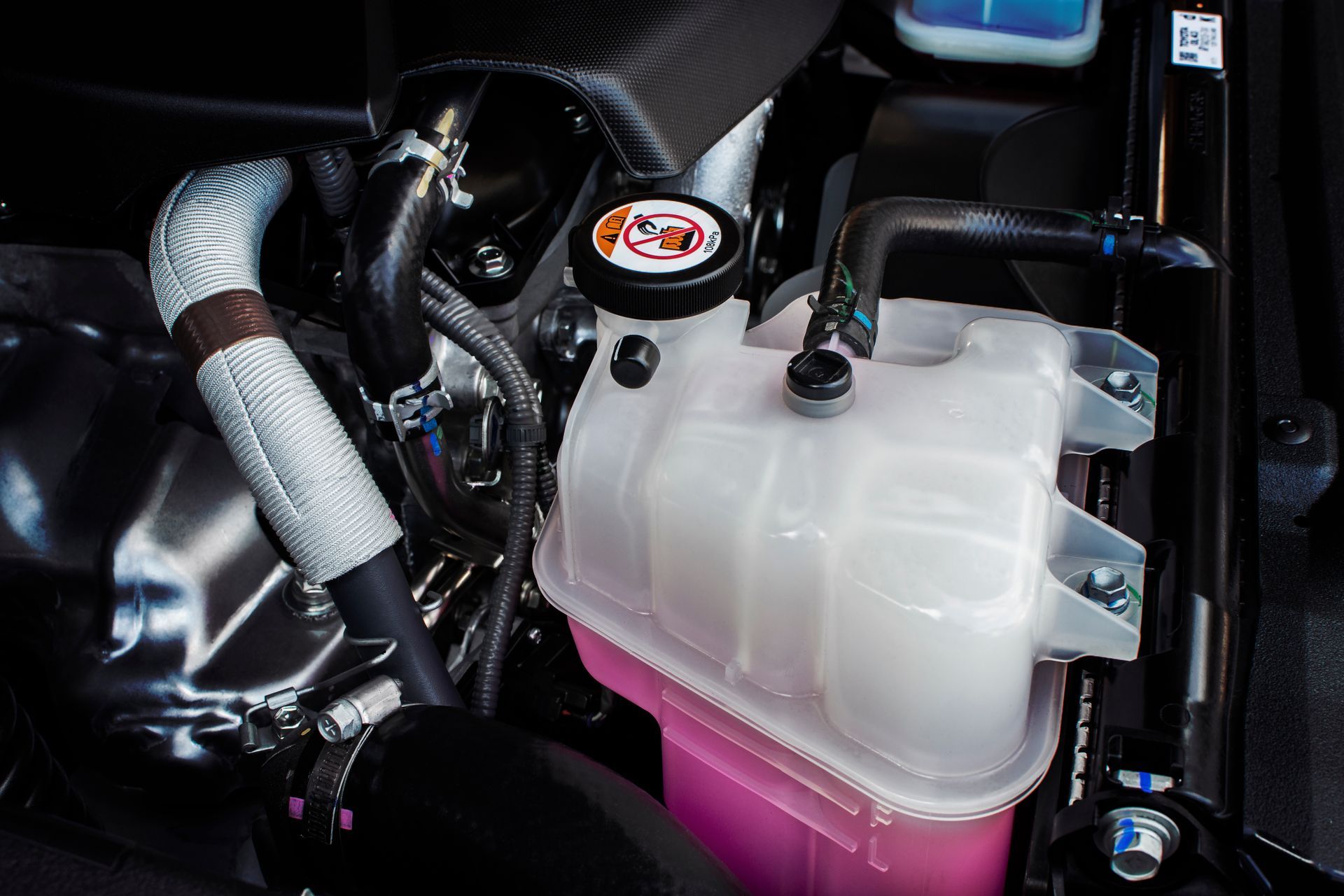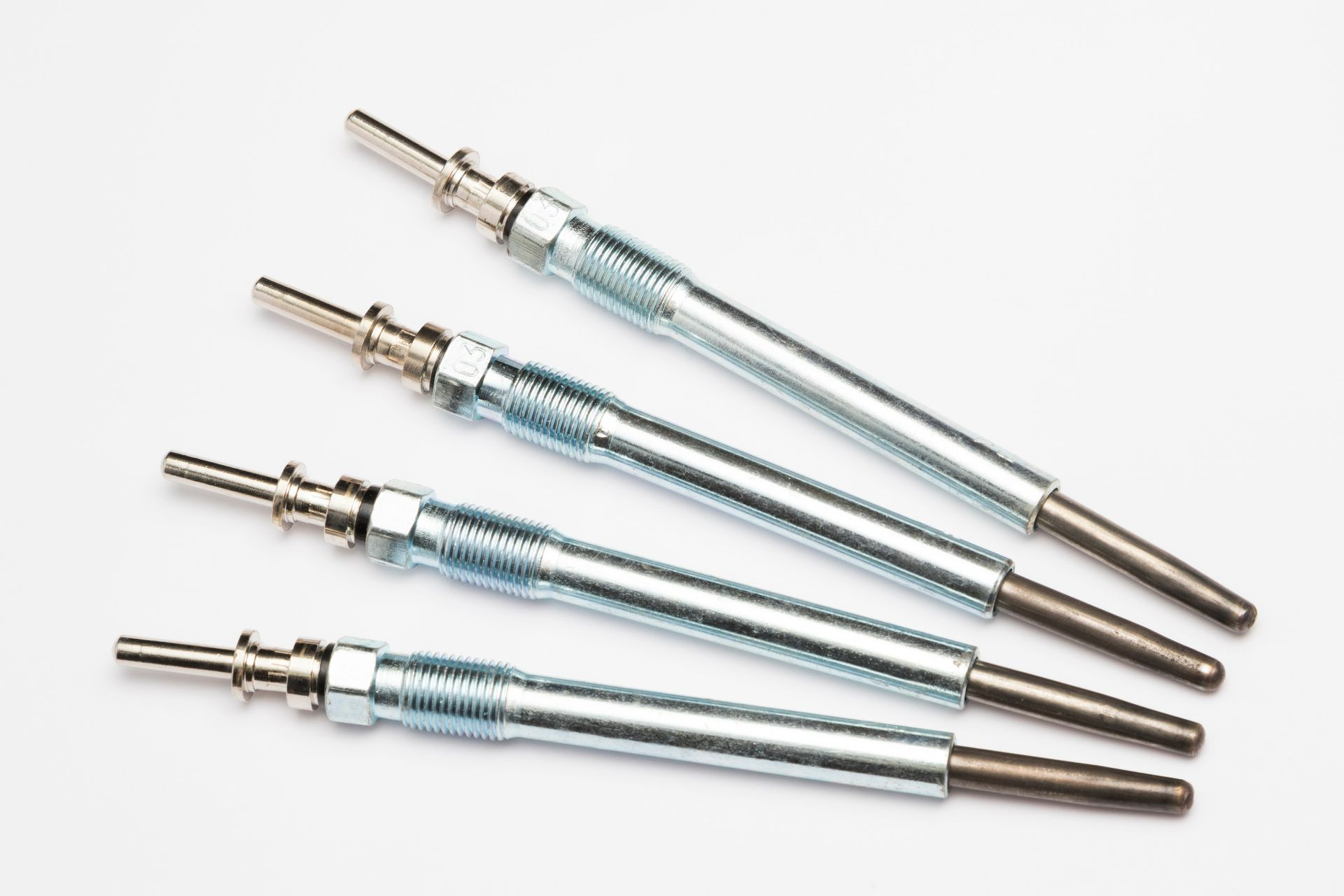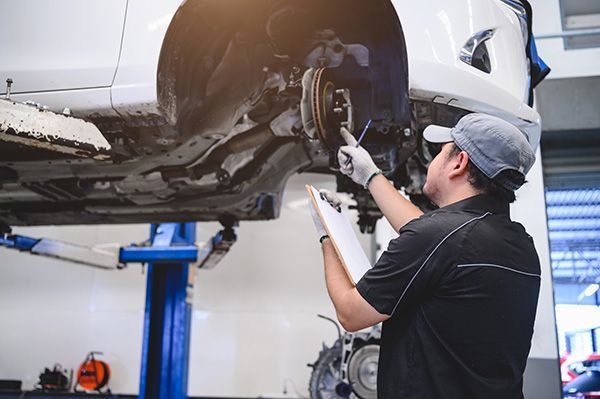Diesel engines are known for their durability and fuel efficiency, but they also produce more harmful emissions than gasoline engines. To combat this, modern diesel cars are equipped with a Diesel Particulate Filter (DPF) to trap soot and reduce the amount of pollutants released into the atmosphere. However, this soot can build up in the filter over time and restrict airflow, potentially causing engine problems. That’s where DPF regeneration comes in—an essential process that keeps your DPF functioning. But what exactly is DPF regeneration, and how does it work?
What Is DPF Regeneration
DPF regeneration is the process of burning off the accumulated soot particles in the Diesel Particulate Filter, turning them into ash, and clearing the filter. Essentially, it’s a self-cleaning mechanism for the DPF that helps maintain optimal engine performance and fuel efficiency. Without regular regeneration, your DPF could clog, leading to increased emissions, reduced engine power, and even costly repairs.
There are three primary types of DPF regeneration: passive regeneration, active regeneration, and forced regeneration. Each method serves the same purpose but operates in different ways, depending on the driving conditions and the condition of the DPF.
Passive DPF Regeneration
Passive regeneration occurs naturally when the exhaust temperature is high enough to burn off the soot buildup in the DPF. This usually happens during long drives at high speeds, such as on the highway. The heat from the exhaust gasses alone is sufficient to incinerate the trapped particles, keeping the filter clean without needing driver intervention.
However, if you typically use your diesel vehicle for short trips or city driving, the exhaust temperatures may not get hot enough for passive regeneration to occur. This is where active regeneration comes into play.
Active DPF Regeneration
When passive regeneration isn’t enough, active regeneration steps in. The vehicle’s engine control unit (ECU) monitors the level of soot in the DPF, and when it reaches a certain threshold, it initiates active regeneration. This involves injecting extra fuel into the engine and raising the exhaust temperature to burn off the accumulated soot.
You might notice signs that active regeneration is taking place, such as:
- A slight increase in engine revs while idling
- The cooling fan running more frequently
- A faint burning smell or higher-than-usual fuel consumption
In most cases, active regeneration happens without the driver needing to take any action. However, if you stop driving before the regeneration process is complete, the DPF may not be fully cleared. This can eventually lead to the need for forced regeneration.
Forced DPF Regeneration
Forced regeneration is a more intense process that is usually carried out by a professional using diagnostic tools. It becomes necessary when passive and active regeneration has failed and the DPF is heavily clogged. In this situation, a warning light may appear on your dashboard, alerting you that immediate attention is needed.
During forced regeneration, a technician will use specialized equipment to heat up the DPF and manually burn the excess soot. This is often the last resort to prevent the need for a full DPF replacement, which can be very expensive.
How to Tell If Your DPF Needs Regeneration
Recognizing the signs that your DPF may be in need of regeneration can help you avoid potential problems. Some common symptoms include:
- Loss of power: If the DPF is clogged, your engine may struggle to perform, leading to sluggish acceleration or reduced overall power.
- Increased fuel consumption: A blocked DPF can force the engine to work harder, resulting in higher fuel usage.
- DPF warning light: Most diesel cars come equipped with a DPF warning light that will alert you when the filter is becoming clogged and regeneration is necessary.
It’s essential to address these issues as soon as possible to avoid further damage to your vehicle. Ignoring DPF problems can lead to restricted airflow, higher emissions, and even engine failure.
The Importance of Regular Maintenance
Maintaining your DPF and keeping an eye on the regeneration process is crucial for the longevity of your diesel engine. Regular long drives at higher speeds can help passive regeneration take place, while short trips should be balanced with longer journeys to keep the DPF clear.
If you’re unsure whether your DPF is functioning correctly, it’s a good idea to have it inspected regularly. Proper maintenance can save you from expensive repairs and ensure that your vehicle remains environmentally friendly.
Concerned about your DPF? Schedule an appointment with
Proper Service of Baldwin Place today. Our experienced team will handle everything from diagnostics to forced regeneration.










